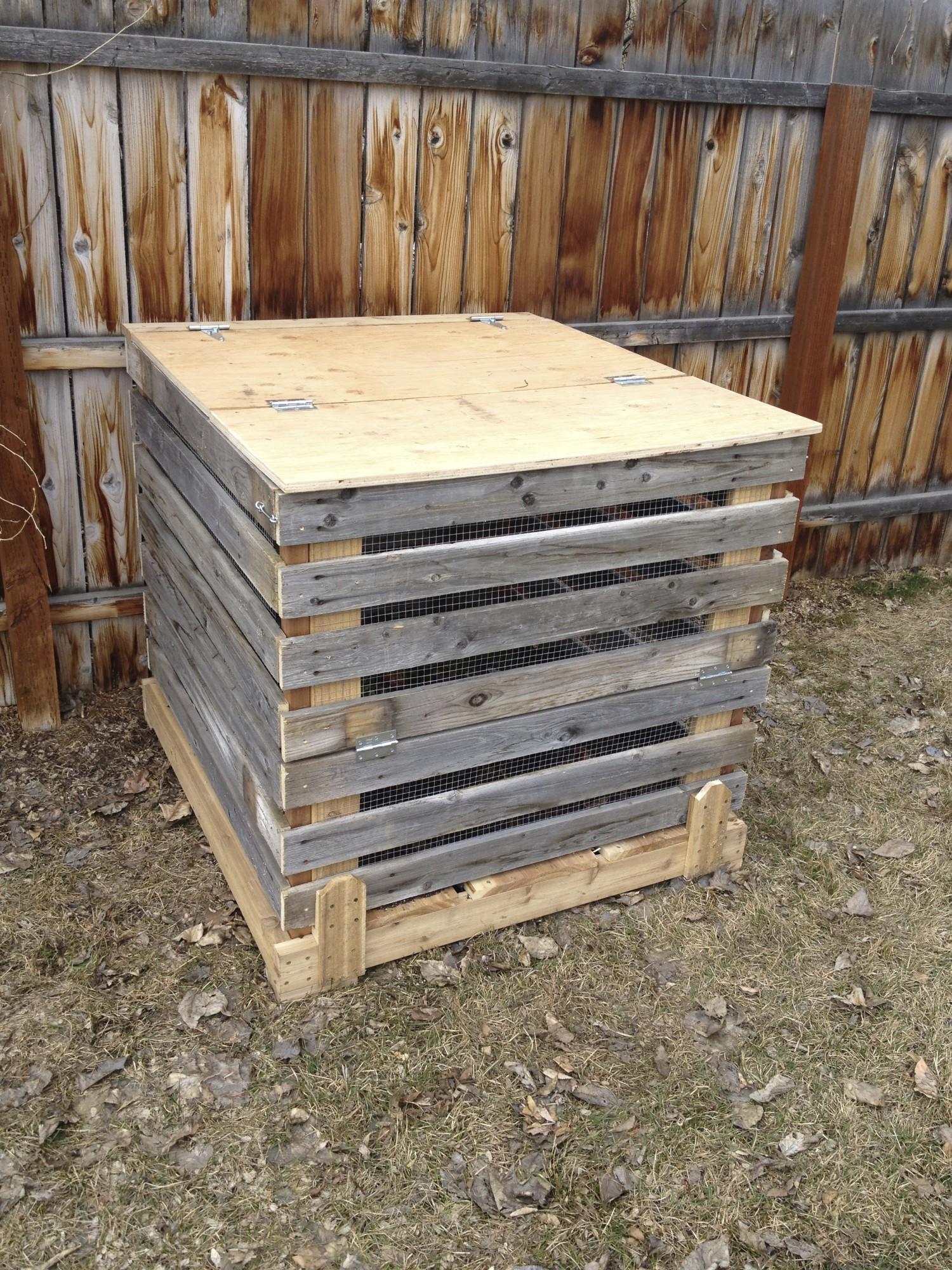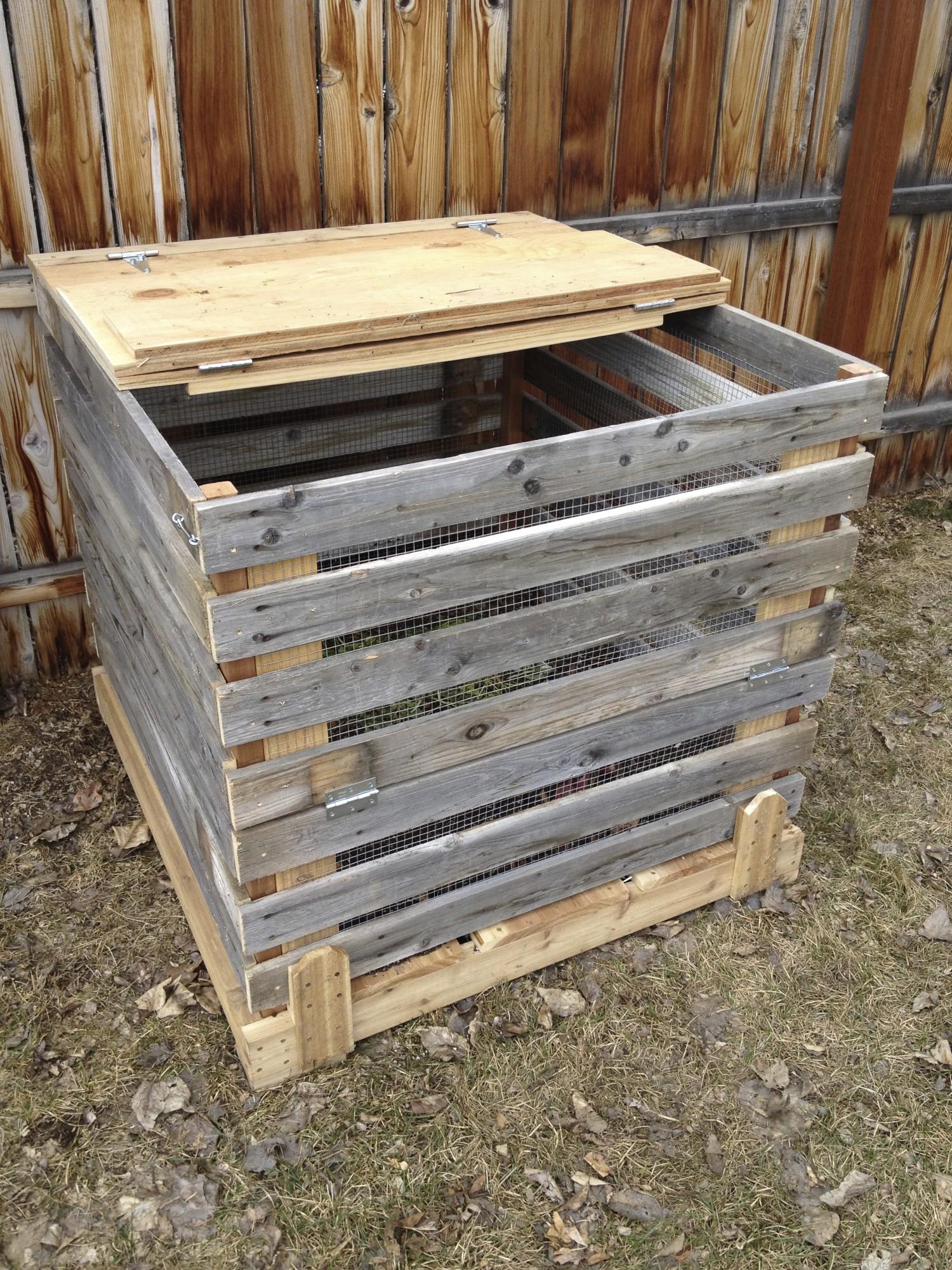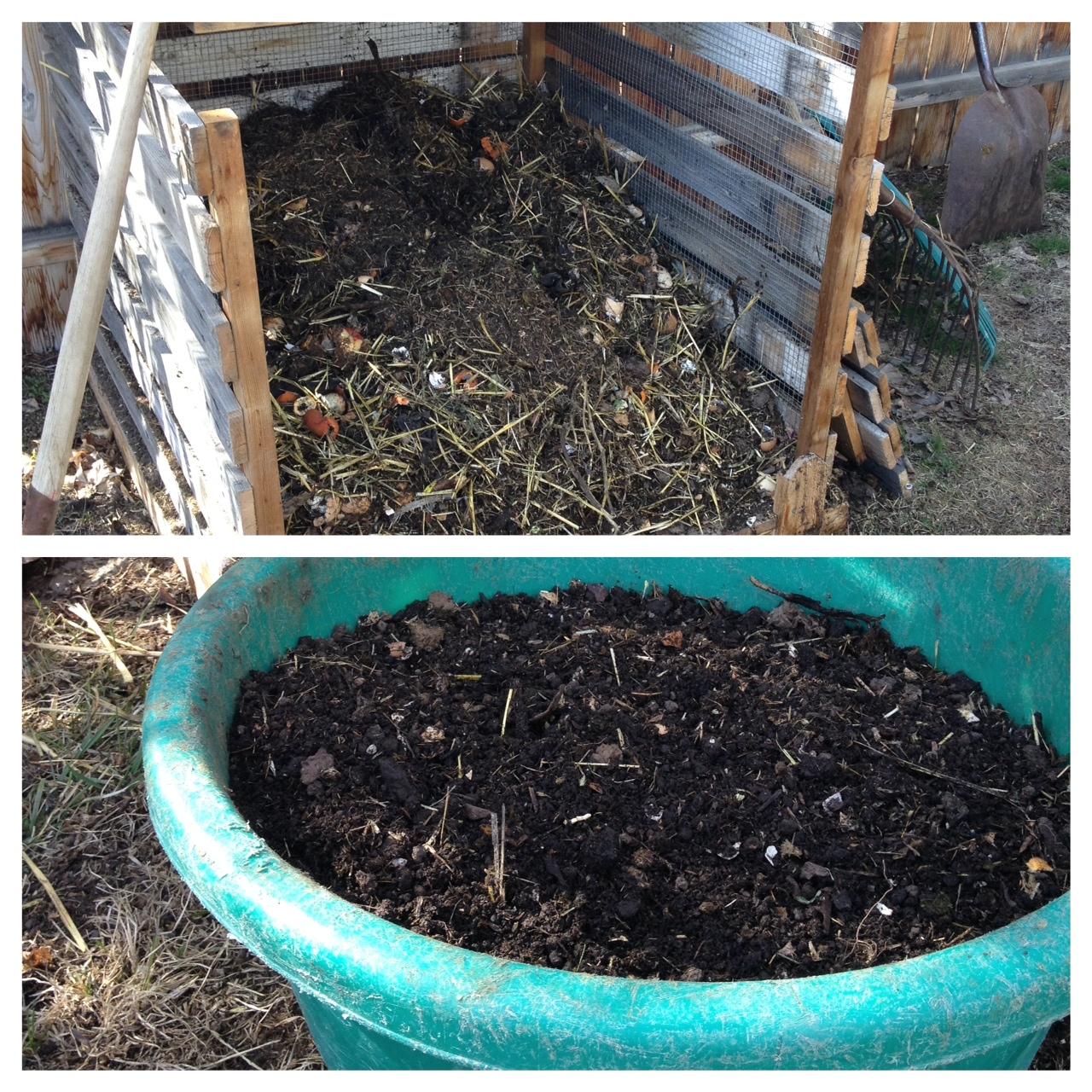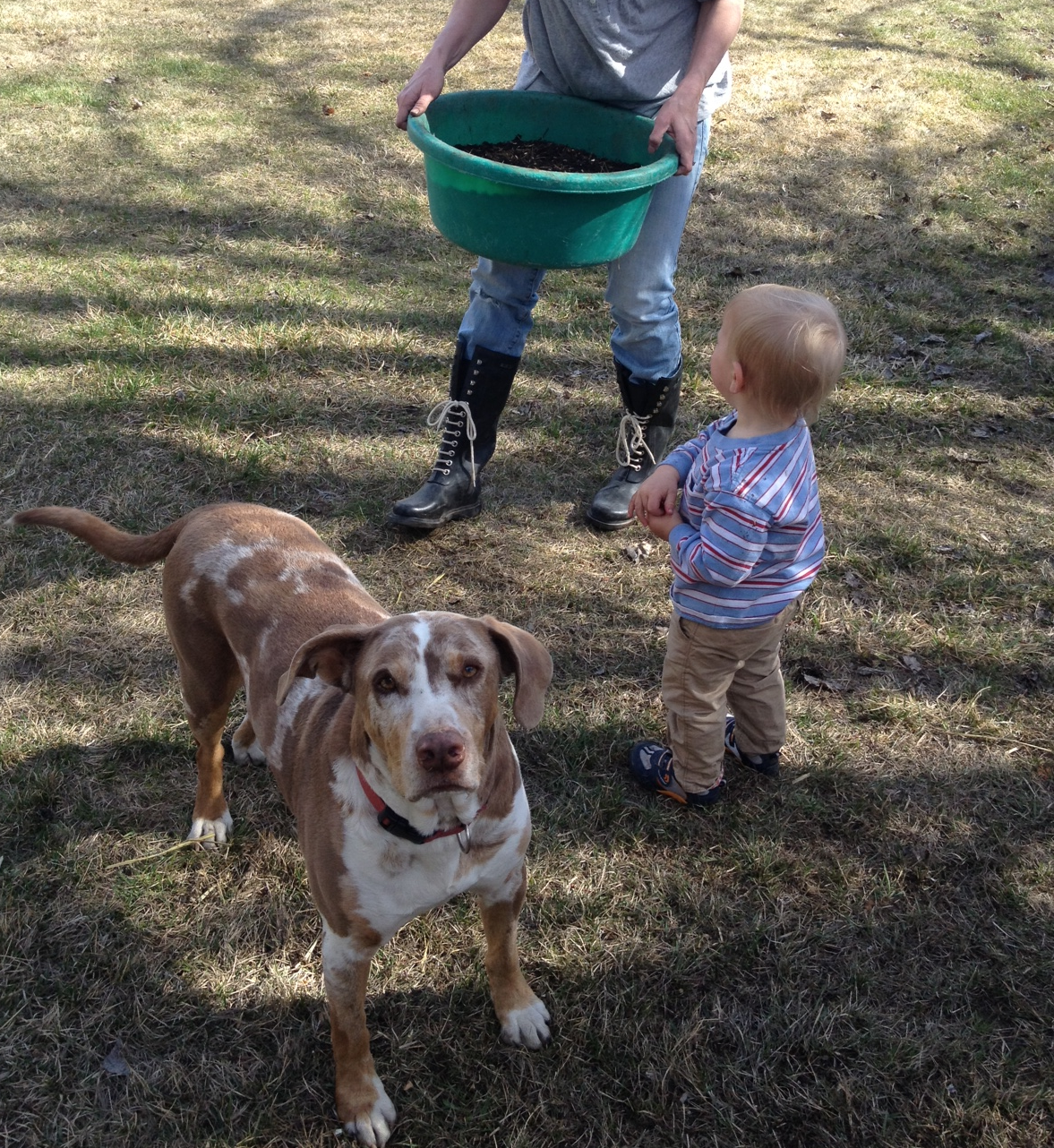Jeanne here.
I read an article in a magazine a few years ago about a family of four who has reduced their garbage to ONE BAG A MONTH!
I wish I could remember the magazine … or their name … or where they lived. But it was one of those, waiting-in-a-waiting-room-reading-a-magazine sort of deals. So the details are gone. Except the image in my head of her closets (which were immaculate and amazing … like a page from the Sundance catalog. One day, I’ll proudly display my closets with pride … not today … but one day). And that they only threw away one bag of garbage a month!
So I’ve been on this kick since I read that to reduce the clutter in our house and limit the amount of trash we add to the local landfill. Which is part of what inspired me to stop buying bottled water and start shopping the bulk aisles at the grocery store. It was only after I did that, that I started to realize the health benefits of the change, which have been immeasurable … no more water that sits on flats in an overly hot grocery store, or in the sun as it’s being unloaded, leaching all sorts of BPAs (which are endocrine disruptors) into the liquid.
No more bags or bottles or boxes from processed food in the garbage.
That made a huge difference in our trash output.
And then … this time last year, I convinced the Cowboy to make me a compost bin.
We were getting ready to expand our garden, and I thought compost would be a great addition … some natural and organic fertilizer and soil amendment that we could actually control what was in it. So the two benefits of a compost bin? Good for the garden, great for the reduction of food scraps and yard clippings that would otherwise end up in the landfill.

I scoured books and web-pages for how-tos.
I compared spinning ones to chicken wire ones. Basic bins to “hot” automatic composters. Indoor ones to DIY-three-crate-systems. Bokashi composters to worm boxes.
And was amazed at all the different choices.
All I wanted was something not unsightly, that would get the job done. So it made sense for us to make it ourselves.
The basics (no matter what version you get …except the bokashi and spinner models):
It should be at least 3ft x 3ft x 3ft, so that air can circulate. When you use Aerobic Decomposition (like we do), it doesn’t smell! That’s pretty much how you know if you’re doing it right. If it smells, you’ve made it so compact that you end up with an anaerobic situation … it gets sludge-like, it’s usually slower, and smells foul (like methane, hydrogen and sulfide) … ew.
So … start with a 3ft x 3ft x 3ft box. An easy and inexpensive way to make a box like this? Use leftover UNTREATED wood pallets from your local grocery store. Often times, they’ll give ‘em to you for free. Five pallets … one for the bottom, plus four for the sides, a drill and a few screws and you’re good to go.
The Cowboy wanted something a little more refined, and we had a bunch of untreated 1×4 boards from an old fence that we were replacing, so he went to Home Depot for a few 1x6s for the bottom of the box, some chicken wire (to line it), hinges to give us an easily removable door … and we used an old a sheet of plywood that was taking up room in the garage for the top (we have some crazy weather and I wanted to control the moisture level, so we added a top).

So then you have your box … but then what?
Add your grass clippings … shredded branches … raked leaves … food scraps (no meat or dairy except empty egg shells) and straw. The best ratio is basically 30:1 … 30 parts Carbon (brown material like straw, leaves, bark, wood chips) to one part Nitrogen (green material like vegetable waiste, grass, cow and horse manure, poultry and pig manure).
Spray with some water to make the mixture moist but not wet.
If you want … you can go all out and get yourself a compost thermometer to make sure the center of your pile stays between 110-150 degrees Fahrenheit … you can get your compost tested when it’s all done to make sure it’s the right ratio of C:N.
We didn’t go that scientific … we were just looking for a rich dark soil output that looked good, and had a fine (but not too fine) texture … so, once a week, we turned the compost over, putting the new additions into the middle of the pile. And one year later …

COMPOST SUCCESS!!!!
Ready to amend the soil in our raised bed … WOOHOOO!!!

Which just makes me thankful the Cowboy puts up with my garden-crazy … Oh yeah … and we’re down to one and a half garbage bags a week!

NOTE ABOUT HORSE MANURE IN MONTANA: A lot of the hay in Montana is sprayed with a herbicide to reduce noxious weeds and non-indiginous infestations. The herbicides DO NOT break down in the Compost Bin and will kill your tomato (and other tender) plants! So … if you’re going to use horse manure, make sure you know what those horses have been eating!!!
We’re linked up at Natural Living Mamma and Domestic Superhero!
